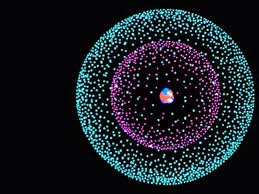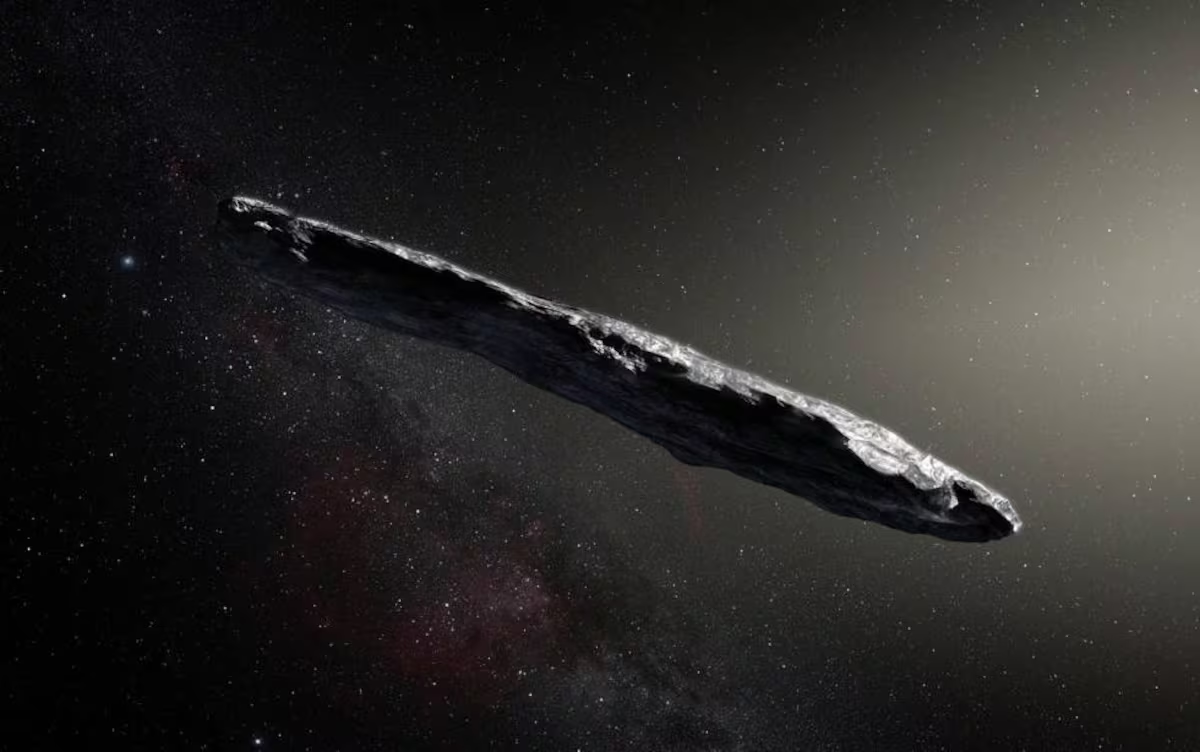Delve into the mysteries of the cosmos and discover the fascinating theory of Type III civilizations, according to the Kardashev scale. This publication offers a spectacular journey through the most intriguing corners of astronomy and astrophysics, where the possibilities become as vast as the universe itself.
In this tour, we will uncover key concepts of the Kardashev scale, a hypothesis proposed by Soviet astrophysicist Nikolai Kardashev in 1964, which classifies civilizations according to their ability to manage and use energy. Our focus will be on the mysterious and still theoretical Type III civilizations, entities that have achieved mastery over the resources of an entire galaxy. 😲
Furthermore, this journey would not be complete without exploring the cosmic advancements that could allow a civilization to reach this stage of evolution. Could such advanced technologies exist that would allow a civilization to extract energy from a black hole or manipulate the stars at will? These fascinating questions will be addressed in the content that follows.
Not only will we explore the theoretical possibilities, but also how the search for these civilizations is influencing current scientific efforts in the field of astrobiology and the search for extraterrestrial intelligence (SETI). Is it possible that there are signs of these civilizations in the cosmos waiting to be discovered? 🌌
Last but not least, we will address the philosophical and ethical implications of the existence of Type III civilizations. How would our understanding of ourselves and our place in the universe change if we discovered that we are not the only, nor the most advanced, inhabitants of the cosmos? Get ready for an experience that will challenge your limits and expand your horizons. Let’s begin this fascinating journey!
On a Kardashev Scale: Uma Visão Geral
The Kardashev scale is a theoretical method proposed by Russian astronomer Nikolai Kardashev to measure the degree of technological advancement of a civilization based on the amount of energy it can use. The concept was first introduced in 1964, and has been a crucial part of astrophysics and the search for extraterrestrial intelligence ever since.
To fully understand Type III civilizations, we must first understand the three categories that make up the Kardashev scale: Type I, II, and III civilizations.
Type I Civilizations
Also known as planetary civilizations, Type I civilizations can harness and store all the energy that reaches their planet from their parent star. This would include all forms of energy, such as geothermal, wind, solar, and even tidal energy.
Type II Civilizations
These civilizations, also known as stellar civilizations, have taken things a step further and can harness and control all the energy of their parent star. An example of a structure that could be used for this is the Dyson sphere, a hypothetical megastructure that surrounds a star to capture its energy.
Type III Civilizations and Beyond
Now, when we talk about Type III civilizations, we are talking about civilizations that can harness and control the energy of an entire galaxy. This is a scale of energy that is beyond our current understanding. Even the concept of a Dyson sphere pales in comparison to what such a civilization could achieve.
What Might a Type III Civilization Look Like?
The truth is, we can't know for sure. But that doesn't stop scientists from making educated guesses. A Type III civilization might have built Dyson sphere-like structures around every star in its galaxy. Another possibility is that they've discovered ways to draw energy directly from black holes, the densest energy sources in the universe.
The Search for Type III Civilizations
Although there is no concrete evidence for the existence of Type III civilizations, astronomers continue to search for signs of them. Searches for Extraterrestrial Intelligence (SETI) look for radio and light signals that may indicate the presence of such civilizations.
Implications of Type III Civilizations
The concept of Type III civilizations has profound implications for our understanding of the universe and our place in it. If such civilizations exist, they would be capable of feats we consider impossible, such as manipulating the very fabric of space and time.
The Future of Humanity
If humanity can survive long enough to become a Type III civilization, our descendants might be capable of things we now consider pure science fiction. They might even be able to create new universes, making us what some have called a Type IV civilization.

Challenges and Limitations
But becoming a Type III civilization won't be easy. There are many challenges a civilization must overcome to reach that level of technological advancement. For example, physical limitations, such as the speed of light, can make it impossible for a civilization to colonize an entire galaxy.
The Fermi Paradox
The Fermi paradox is another challenge. Named after physicist Enrico Fermi, it poses the question: If there are so many stars and planets in the universe, why haven't we detected signals from other civilizations? Some suggest that advanced civilizations might have self-destructed before becoming Type III civilizations.
The Great Filter
The “Great Filter” is another possible explanation for the Fermi paradox. It suggests that there is an insurmountable obstacle preventing civilizations from reaching an advanced level. This filter could be anything from a natural disaster to self-destruction.

Conclusions
The existence of Type III civilizations is a fascinating and mysterious subject. Although we have no evidence of such civilizations, the possibility of their existence pushes us to continue exploring the cosmos and to search for answers to some of humanity's biggest questions.
Conclusion
Ultimately, the search for Type III civilizations on the Kardashev scale turns out to be a fascinating journey that drives us to explore cosmic advances and the deepest mysteries of the universe. This journey leads us to question our own civilization and the limits of our technology and ability to evolve. Each discovery and new theory brings us one step closer to understanding our place in the cosmos, while raising new questions.
Type III civilizations, capable of harnessing the entire energy of a galaxy, may seem like a distant fantasy. Yet each technological advance brings us one step closer to this type of evolution. Ultimately, the Kardashev scale is not just a classification system, but a roadmap for human progress.
In the end, these explorations show us that the universe is even more incredible and mysterious than we can imagine. Perhaps, one day, we will succeed in being a Type III civilization and unravel the mysteries we can currently only dream of. Until then, we will continue our quest, learning and growing with each new discovery. 🌌



